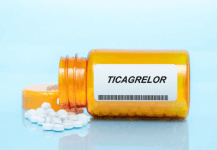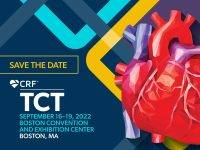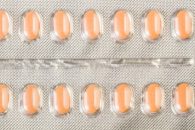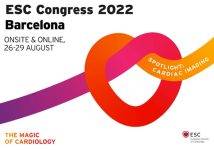Current guidelines recommend 12-month dual antiplatelet therapy (DAPT) after DES stenting for acute coronary syndrome (ACS) because of elevated MACE risk. The development of more modern stents, with thin and ultrathin struts, compared against prior versions, has resulted in more effective devices in terms of stent thrombosis and restenosis. Prolonged DAPT has been associated with…
Is Clopidogrel Monotherapy Safe After a Month of Dual Antiplatelet Therapy in Diabetic Patients?
Currently, many randomized studies have suggested that short-term dual antiplatelet therapy (DAPT) followed by monotherapy reduces bleeding without increasing major cardiovascular events after percutaneous coronary intervention (PCI). A meta-analysis of six randomized studies has shown this benefit using ticagrelor monotherapy after short DAPT. However, there is no data on the results of clopidogrel monotherapy. Researchers…
Ticagrelor or Prasugrel Post-PCI in Daily Practice Patients
The ISAR-REACT 5 showed a significant reduction in the composite outcome of death, acute myocardial infarction (AMI), or stroke when using prasugrel vs. ticagrelor in patients with acute coronary syndrome (ACS), mainly at the expense of an AMI reduction. While this study changed clinical practice, it has stirred some criticism regarding certain methodological aspects, such…
How Do We Manage Antiaggregation in BARC I Bleeding after AMI?
Dual antiplatelet therapy (DAPT) after acute myocardial infarction (AMI) has been shown useful to reduce thrombotic events, but one of its downsides is bleeding, especially in elderly patients. BARC bleeding type I, also called nuisance bleeding (NB), is of low frequency, but its evolution and impact remain unclear, as does its management. A subanalysis of…
P2Y12 Inhibitor Monotherapy vs Aspirin: Results of a Network Meta-Analysis
Revascularization and antiaggregation guidelines have typically recommended aspirin (AAS) as first choice for secondary prevention of cardiovascular events after DES stenting. However, these past few years this strategy has been called into question, seeing as studies have shown the superiority of P2Y12 inhibitor monotherapy (IP2Y12) with clopidogrel or ticagrelor. There is little data comparing both…
Safety and Efficacy of Ticagrelor Monotherapy According to BMI
Obesity is growing dramatically around the world, regardless of income. For instance, 53% of US adults are obese, and 53% of people in the EU are overweight. The actual impact of elevated body mass index (BMI) in antiaggregation safety and efficacy, being it DAPT or SAPT, has not yet been properly looked at. This is…
TCT 2022 | PCSK9 Inhibitor in Patients with STEMI to Lower LDL Cholesterol
In patients with ST-elevation myocardial infarction (STEMI), early treatment with statins —regardless of low-density lipoprotein (LDL) cholesterol levels — is routine around the world. Adding a potent LDL lowering agent, as a PCSK9 inhibitor, has proven clinical benefits in patients with a history of acute coronary syndrome or atherosclerosis, since treatment with statins have not…
Apixaban and Valve Thrombosis after TAVR
TAVR has been associated with early valve thrombosis, characterized by thrombus formation in the prosthetic valve with or without valve dysfunction. This dysfunction is related to leaflet thickening and reduced motion, reduced effective orifice area, or increased transvalvular gradient. A multidetector CT scan allows the dynamic assessment of valves and ruling out fibrosis vs. thrombosis. …
Heparin Pretreatment in STEACS Treatment: A New Old Ally?
The treatment of ST-segment elevation acute coronary syndromes (STEACS) is undoubtedly reperfusion therapy with primary percutaneous coronary intervention. Similarly, nobody doubts that the pretreatment with more stronger antiplatelet agents has a role in such a treatment. In certain sites, unfractionated heparin (UFH) pretreatment is also administered before the patient enters the cath lab; its aim…
ESC 2022 | INVICTUS and PRE18FFIR
On the 3erd day of the European Cardiology Congress 2022 the INVICTUS study was presented, including 4565 patients with atrial fibrillation secondary to rheumatism driven CAD. The aim of this study was to compare the use of Rivaroxaban vs vitamin K antagonists (VKA) in this populations. Mean age was 50 and most patients were women. …
Adherence to P2Y12 Inhibitors in Acute Coronary Syndrome: Prognosis
Non-adherence to medication in patients with acute coronary syndrome (ACS) remains to be solved; the use of polypills and a closer follow up have been tried out (follow up calls and motivation groups). Antiaggregation guidelines recommend dual antiplatelet therapy (DAPT) for at least one year after ACS. Adherence to drug treatment is comprised of multiple…









